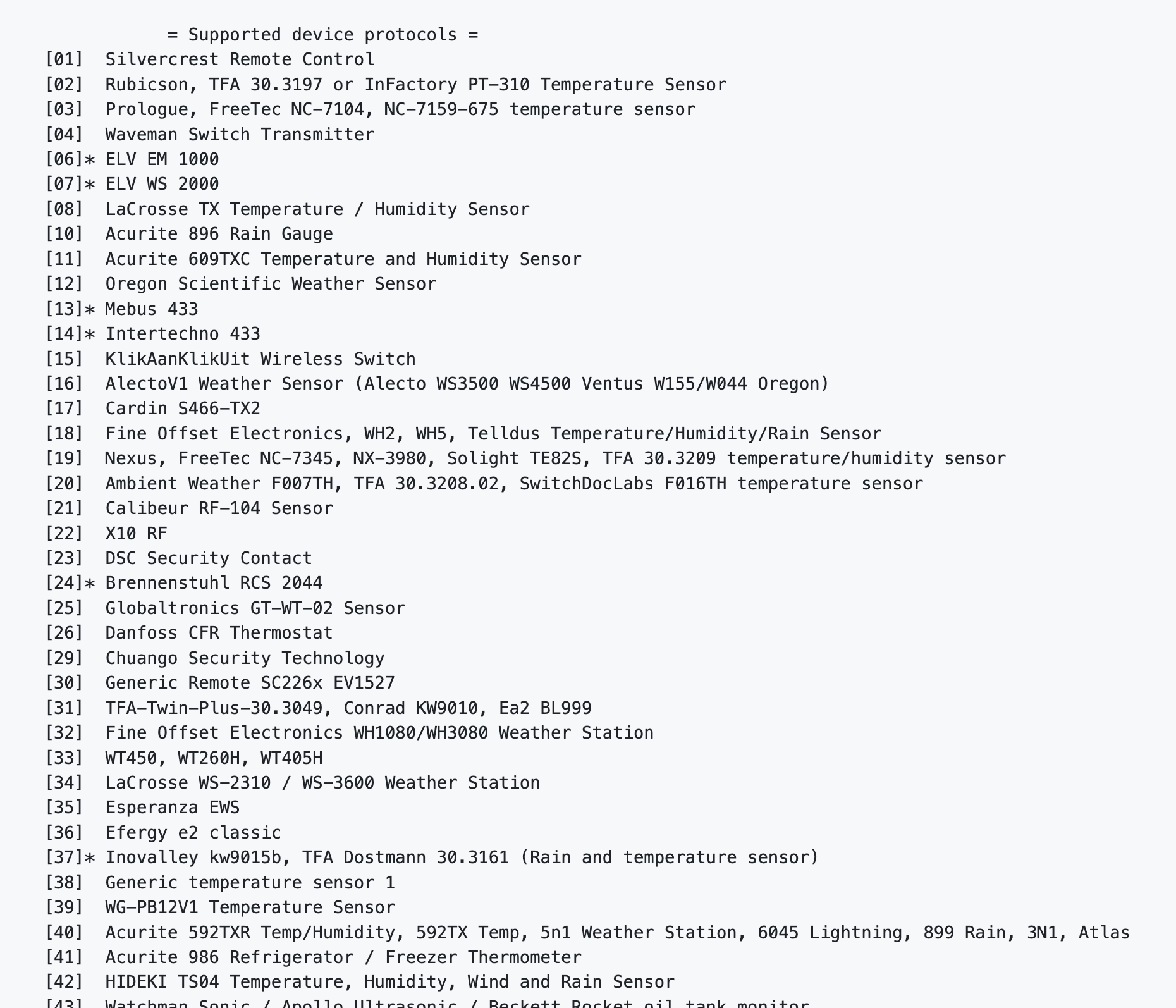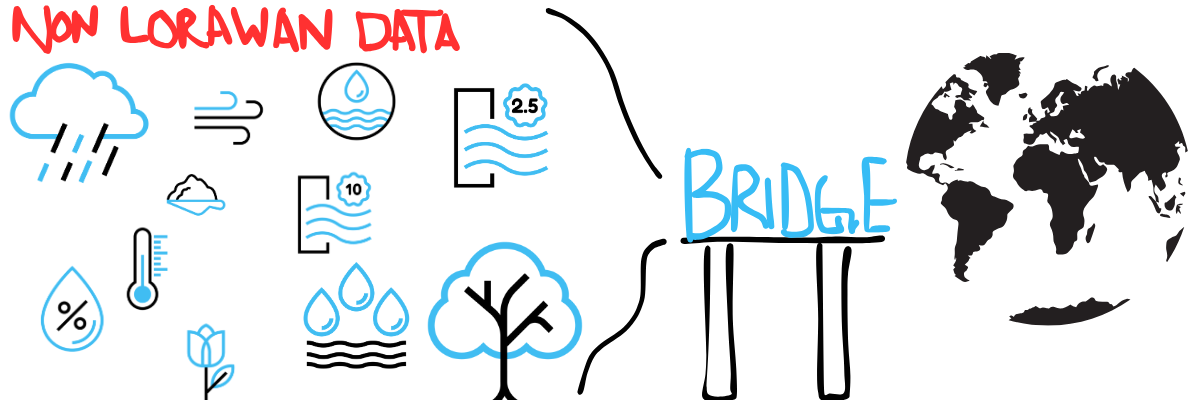Once you’ve built the world’s largest LoRaWAN network, the next step is clearly to use it. Still, it can be hard to use a network that doesn’t yet have an absolute boatload of sensors ready for it.
Part of this is the hardware lag cycle. It takes time to build hardware, and we’re just now getting to the point where new hardware that’s custom built for Helium (or any LoRaWAN) is starting to really pop into the market. I know, I know, there are a ton of shiny brochures with all kinds of fancy sensors that are ready right now.
I’ve bought a couple of those. With two exceptions (well done WeatherXM and DIMO!), LoRaWAN devices are usually expensive, have unreliable support, and generally don’t work out of the box.
Where does that leave us in the Helium network? Firmly on the building side, but with an awful lot of light coming up on the horizon.
If we look at current (early October 2023) data usage over on the Dune OUI tracker, you’ll see that between the top IoT data users, we’re using about 88 million DC (1 DC = 24 bytes) per day, with the MeteoScientific Console (my publicly available console) going through ~71,000 DCs in 24 hours.

Now, 88,000,000 data credits SEEMS like a lot, but compared to what it can be? We’re probably 2 orders of magnitude off. How do we get from here to there? We add sensors.
That brings us back to our original problem: Where do those sensors come from, and how do we get a TON of them cheaply?
While there are LoRaWAN sensors that’ll work on Helium, the vast majority of IoT devices today weren’t built for a LoRaWAN. What do you do?
Pretty obviously, you build something to allow any IoT sensor to connect to Helium. You build a bridge.
Back in April of 2023 I got a grant from the Helium Foundation to do just that. Dirk Beer and I worked on the thing over the summer, occasionally dropping updates as we got various parts of it working, and ended up with a rad little PCB design that anyone can order and then build.

This adds the potential for thousands of sensors to come on board. They could be weather stations, soil moisture sensors, air quality monitors, tire pressure sensors, people counters, traffic counters, parking sensors, or any number of different sensors. Here’s a list of rtl_433 sensors that it’s ready for now.

Eventually, the Bridge will receive any non-LoRaWAN radio protocol (rtl_433, Bluetooth, ANT+, WiFi, etc) then retransmit that data, either raw or processed, back out over Helium.

Let’s think through a couple of scenarious just to get your mind running.
Opportunity!
First, you might (like me) have an obsession with remote weather stations. By “remote” I mean those weather stations that are beyond the range of short range wireless protocols that reach out to 100 meters at most. Almost by definition, they end up also needing to be remote from power, so they get energy from a solar panel and battery. Most of the time, remote weather stations price points are over $1,000. The KestrelMet 6000 I won at a CES raffle STARTS at $1,299!
Now, there are exceptions, like the WeatherXM Helium station that runs $400. For a commercial product, that’s pretty amazing, and probably about as low as you’ll get.
If, however, you were willing to do a little DIY and you had a Bridge that would receive the signals from a station that was nearby and had a short range, then re-transmit them over a much longer range, you’d be able to buy a much cheaper weather station like the $109 EcoWitt WS80.
Add the Helium Bridge, a device that costs ~$60 in parts (less if you buy in bulk) and takes about an hour to put together with the right tools and probably another hour of fiddling around the first time to program. By the time you’re done with shipping for the WS80, you’ve spent just over $200 for a remote weather station you can customize any way you want (and that coincidentally, could be sending a ton of data!)
Now I’ll grant that it’s a DIY solution, and those will almost always be cheaper and more finicky than commercial solutions, but…pretty cool example of adding sensors to Helium!
It’s the same thing with an air quality monitor like the WH-45 from EcoWitt; $125 for the sensor, another $60 for the bridge, call it $20 for the shipping and you’re just over $200 for a totally remote capable sensor. You’ll still need power, but a small solar panel and battery will be totally fine. Not that there’s anything on the market that’s an exact match, but just as an example, the OmniScience G‑7 Wireless starts at $499.
Downsides
Ok, so the benefits of a Bridge are obvious; what are the downsides and limitations?
First, the current Bridge is still pretty DIY. Unless you’re willing to do a little soldering and follow programming directions, this isn’t yet a solution at scale.
Second, IoT in general isn’t particularly easy, and adding in a second device that connects your IoT device to the wider world is another complication.
Still, the Bridge that currently exists is open source, meaning anyone, from you the reader to your favorite manufacturer, can read the directions then build and deploy your own, for WHATEVER sensor you want!
The Future
So, where does that leave us? At beginning of an amazing new world with still so much to be done! The rtl_433 list is a long one, but that’s just one protocol.
There’s ANT+ (commonly used for heart monitors and other biometric devices), Bluetooth (everywhere), WiFi, and the list goes on. If it can connect wirelessly, we can get it to connect through the Bridge. Whether you’re retransmitting data from your bike computer or heart rate monitor or even a sensor that monitors your oxygen consumed as you work out (ahem, upcoming project!), the ability to bridge over information adds a ton of potential value to the Helium ecosystem.
I’d love to see what you do with it; if you have a specific sensor you’re working on, please let me know in the comments and if you’ve got geek chops we’d LOVE to have you contribute over at the Helium Bridge Git repo.
LFG!

Leave a Reply